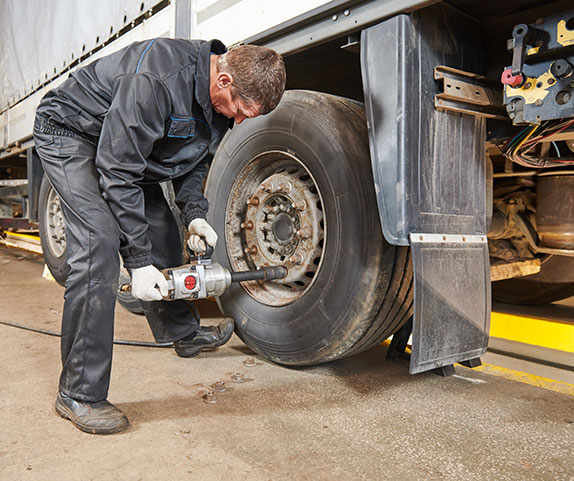Morris Tire: Your Trusted Regional Tire Professionals
Morris Tire: Your Trusted Regional Tire Professionals
Blog Article
Tire Fixing Myths Debunked: Separating Truth From Fiction
In the realm of vehicle maintenance, tire repair service holds a considerable area, yet it is typically shrouded in myths and misunderstandings that can cause complication for lorry proprietors. Understanding the distinction in between reality and fiction when it comes to tire repair is essential for guaranteeing both security and cost-effectiveness. From the false impressions bordering patching versus plugging a punctured tire to the effectiveness of various tire sealants, there are several key locations where quality is required to make informed decisions. Let's drop light on some usual tire fixing misconceptions and different them from the fact to encourage you with the expertise needed to browse this necessary facet of vehicle upkeep.
Common Tire Repair Misconceptions
Dispelling common false impressions surrounding tire repair work is critical for maintaining road security and expanding the long life of your vehicle's tires. It is vital to recognize that not all slits are developed equal; while some may certainly need a tire substitute, the bulk can be securely fixed.
One more false impression is the concept that a do it yourself tire fixing package is an enough remedy for all tire issues. While these kits can be handy for short-term fixes in emergencies, they are not a permanent solution and may not address the underlying problem (discount tires morris il). Seeking the know-how of a certified tire service technician is always suggested to guarantee the safety and integrity of the tire

Can You Repair a Punctured Tire?
Repairing a punctured tire is a common practice in the auto sector, usually lugged out by expert specialists complying with particular guidelines and criteria. Slits found on the walk area of the tire are generally repairable as lengthy as they are within a specific size limit and do not influence the tire's architectural integrity.
It is very important to keep in mind that pierces near the sidewall or shoulder of the tire are typically not repairable due to safety and security problems. Such areas undergo substantial stress and anxiety and flexing, making repair services unreliable and possibly hazardous. Additionally, if the slit is as well large, surpassing Website the recommended repairable dimension, or if the tire reveals signs of inner damage, it is more secure to replace the tire altogether.
The Reality About Patching Vs. Connecting
When thinking about the fixing of a pierced tire, understanding the differences in between patching and connecting is essential for making informed decisions relating to tire upkeep and safety and security. Covering entails fixing the tire from the within, where a spot is used to cover the puncture.
Myth: All Tire Sealers Are Effective

When choosing a tire sealer, think about factors such as the size of slits it can efficiently fix, compatibility with tire pressure tracking systems (TPMS), and whether it is secure for the tire material. Reviewing reviews and seeking referrals from professionals can assist you make an educated decision. Furthermore, regular maintenance and prompt substitute of sealant can assist make sure optimal performance. Bear in mind, while tire sealants can be useful in emergency situations, they are not a replacement for appropriate tire treatment and maintenance.
Best Practices for Handling Flat Tires
Because of the differing efficiency of tire sealers, recognizing ideal practices for handling flat tires is important for preserving roadway security and automobile efficiency. When running into a level tire, the very first step is to securely draw over sideways of the roadway, far from approaching website traffic. Activate threat lights to signal various other motorists of your scenario. It is advised to use the emergency brake and area wheel wedges under the tires to avoid the lorry from rolling. Next off, consult your automobile's handbook to find the spare tire, jack, and lug wrench. Before attempting to transform the tire, make certain that the location is level and steady. Loosen the lug nuts, raise the vehicle with the jack, get rid of the lug see here now nuts and level tire, and replace it with the spare tire. Tighten the lug nuts in a star pattern, lower the lorry, and firmly tighten the lug nuts. Store away the flat tire, devices, and devices, and keep in mind to check the extra tire's pressure periodically. Adhering to these finest practices can aid you take care of flat tires successfully and safely.
Verdict
In conclusion, it is important to separate fact from fiction when it pertains to tire repair service misconceptions. Comprehending the reality about patching vs. plugging, the efficiency of tire sealers, and ideal techniques for dealing with punctures can help ensure the safety and security and longevity of your tires. By unmasking usual mistaken beliefs and following proper repair service standards, you can make informed decisions when it pertains to keeping the wellness of your vehicle's tires.
Report this page